Beekeeping backups
I have previously commented that the beekeeping year can seem like a series of catastrophes, interrupted by winter.
That’s an exaggeration for literary effect of course.
Sometimes the worst thing that happens is that your only colony swarms in May 😉 .
Be positive.
Think of that more as an opportunity for miticide treatment {{1}} than a catastrophe, and the season won’t feel quite so wretched.
In reality, things are not usually as bad as they seem at the time. However, the combination of inexperience, uncontrollable variables (e.g. weather and forage), and 30,000 bees determined to do their own thing can make for testing times.
Hell, even with experience, things can get a bit fraught.
It definitely gets easier with experience, and it gets a lot less fraught if you have a second colony to help recover the situation.
Think of that second colony as your backup.
The importance of backups
While preparing this post I was also (slowly) making the final tweaks to the new server where backups – and backups of backups – have been a life-saver. Or at least a sanity-saver, preventing the worst facepalm excesses of my digital incompetence from causing irreparable damage.
I looked for a pithy quote on backups to emphasise their importance. Although I like the macho confidence of:
A backup means somewhere in my head, I think I might fail, and that word is not in my vocabulary. Plus, I’m too talented to fail.
… it didn’t quite stress the point I wanted to make. Instead:
There are two kinds of people: those who backup, and those who have never lost all their data.
… is probably closer to the mark.
Translated to a beekeeping situation, that would be:
There are two kinds of beekeepers: those with a second colony and those who have never lost their only colony.
This post is really directed at the hundreds of beginners training to be beekeepers this winter, and those embarking on their second season.
You’ll sit through evening lectures on the biology of honey bees, on swarm control, disease, the beekeeping year {{2}} and – hopefully – responsible beekeeping.
You will have been bamboozled by the choice of hive types, perplexed by the range of frame sizes, baffled when told that ‘brood and a half’ solves all known beekeeping problems, and flummoxed by every aspect of queen rearing.
Don’t worry … it does get easier.
In addition, with luck and a supportive association, you will have found or been appointed a mentor for the season ahead.
If so, be grateful.
Don’t
Beekeeping has a shallow learning curve and the first season can be particularly tough.
Your – entirely understandable – enthusiasm will reach fever-pitch in early March. It’s too early to open colonies in anything but the warmest parts of the country, and too early to buy nucs from anywhere but the most southerly parts of Europe (don’t! {{3}} ).
Your association will probably start practical sessions in the apiary sometime in April and you might get your own local bees by May.
You’ll be tempted to check them frequently.
Despite earnest warnings to the contrary, you’ll rationalise that a quick peek won’t do any harm and will reassure you that all is good in the hive.
Don’t.
For a fortnight or two, everything appears to be going well. The nuc builds up, you move it to a full hive, there’s pollen coming in and you start thinking about making up some more super frames.
And then, during one of your ‘little bit more frequent than weekly’ checks, you find queen cells.
Aargh!
Surely the colony hasn’t swarmed?
Of course it hasn’t … just look at the numbers of bees in the box {{4}}.
Were the queen cells sealed, or were they all unsealed?
You can’t remember … you’d seen the cells, panicked and closed the box up. Now you have to look through the hive again, causing more disturbance.
And another don’t … don’t now decide to knock back (destroy) all those queen cells to buy yourself a bit more time.
It might, but you’d be better off having a cup of tea and a careful think about what’s happened.
Squidged
What probably happened at the last inspection was that you inadvertently killed the queen.
It happens.
A frame clumsily returned to the brood box delivers the “Hoffman hug of death”, or she fell off the frame removed to make space for the inspection and you – again inadvertently – squidged her with your Wellington-shod foot.
Alternatively, your slightly clumsy inspection may have caused the colony to ‘ball’ the queen, an event some survive, but many don’t. Yes, formally you didn’t kill her, but the outcome is disappointingly similar.
For you and the queen.
The colony, realising that it is queenless, then generates several emergency queen cells.
It’s an emergency because if they do not the colony will not survive.
The thing that puts the urgency into these emergency cells {{5}} is that they only have a few days to start them.
Of choice, the colony chooses 3 day old eggs for queen production under the emergency response. Failing that they have a few more days, but once the youngest larvae are over 3 days old it’s really too late.
Therefore, six days later (at this inspection) the queen cells may not be sealed but, if you destroy them, there may not be any larvae young enough to start afresh.
Don’t think this won’t happen to you. It happened to me, only in retrospect did I realise the error(s).
I certainly wasn’t “too talented to fail” {{6}}, and I had no backup colony. However, I did have a mentor who helped rescue the situation. It was a lesson once learned, never forgotten.
Your second year
Maybe you’ll experience no such dramas in your first season.
You successfully negotiate the season, get the colony through their first winter and into your second year.
Well done.
You’ll hopefully experience the same early-season enthusiasm. I still do. However, it’s tempered now by an understanding that – where inspections are concerned – ‘too much, too soon’ can cause problems.
So now you are the proud owner of a booming overwintered colony …
… that swarms in mid-May.
These things happen.
Beekeepers lose thousands of swarms every season.
Collectively that is, no one is that bad at swarm control 😉 .
This time you know the colony swarmed. You saw the bivouacked swarm 30 metres up a nearby Douglas fir, and you watched it take flight and disappear over the horizon 🙁 .
Furthermore, on checking the colony you found lots of queen cells, some of which were sealed.
Keen to avoid losing a cast or two, you destroyed all the sealed queen cells and left just one charged (i.e. you could see it contained a fat larva sitting on a bed of Royal jelly) cell to develop into a replacement queen.
Fingers crossed.
You’re feeling more confident now … losing the swarm was a setback, but you’ll soon be back on track.
And then the weather takes a turn for the worse.
The queen undoubtedly emerges – but you don’t check as ‘the bees know best’ – but she cannot get out on orientation or mating flights.
The weather finally improves so you’re hopeful, and – three weeks later – you check the colony.
No queen, no brood, no evidence of ‘polished cells’ in what should be the centre of the brood nest, lots of despondent looking bees and one very despondent looking beekeeper.
Terminally queenless
In both of the scenarios above, the colony ends up terminally queenless.
There may well be lots of workers, but the absence of brood and – more specifically – the absence of eggs and young larvae, mean that the colony is doomed.
Without eggs and/or young larvae the colony cannot rear another queen.
Furthermore, without the pheromones produced by open brood the number of egg-laying workers will increase. These workers lay unfertilised eggs which develop into drones.
From the point of view of the colony, laying workers are a ‘last gasp’ evolutionary survival mechanism; if the resulting drones manage to mate with a virgin queen then the colony’s genes might make it to the next generation.
However, from a beekeeper’s point of view, laying workers are a real nuisance. Recovering the colony either requires adding lots of open brood, or a hefty slice of luck.
Many beekeepers just shake the bees out rather than waste time and resources on what is probably a lost cause.
A terminally queenless colony without laying workers, can usually be rescued by adding a queen (mated, preferably, though unmated will do but will create further delay), or a frame containing young eggs and larvae. From these the colony will – eventually – rear a new queen.
However, this all takes time. By the time you add a frame of eggs a month might have elapsed since the colony swarmed. It will be a minimum of another 3 weeks until you have a new laying queen, by which time the worker population will be ageing, and depleted.
The prospect of a good summer honey crop, or anything much from the heather, is fast disappearing.
Late summer problems
All of the above disaster scenarios occur in late spring or summer, a time when you should have every expectation of getting a new queen mated.
But what if you discover your only colony is queenless in August, or later?
July swarms are relatively commonplace in some seasons, meaning it might be August before you discover the replacement queen is missing in action.
Was she eaten by a house marten on an orientation flight?
You’ll never know.
Getting queens mated in August and September is not dependable – though this very much varies according to your latitude – and, even if it does happen, there’s then little time for the colony to build up strongly to overwinter successfully.
For this very good reason you are advised to ‘take your winter losses in the autumn’ … unite weak colonies with strong healthy colonies rather than risk losing them overwinter.
But that’s not an option if you’ve only got one colony 🙁 .
Mentors
During the spring or summer, your mentor is your “Get out of jail free” card.
If you think your colony is terminally queenless, you ask your mentor nicely for a frame of eggs and larvae, pop it into the hive, cross your fingers and check it for queen cells after a few days.
If there aren’t any queen cells then your colony is almost certainly queenright after all. Maybe she’s mated but yet to start laying? {{7}}
It’s beekeeping, so there’s an exception to the statement above … a colony with large numbers of laying workers will not make queen cells when given a frame of eggs and larvae. It behaves as though it’s queenright in this regard.
For the same reason, giving them a queen is almost certainly not going to end well … for the queen or you.
No mentor?
Of course, it doesn’t have to be your mentor … another beekeeper would probably help as well. All colonies should be strong at this time of the season and the brood ‘lost’ in a donated frame is soon replaced.
This is one of those situations when using equipment compatible with other local beekeepers is a real benefit.
However, I doubt your mentor (or another beekeeper) would be quite so willing to donate a frame of brood late in the summer. By then there’s little chance of a new queen being produced and mated, and the donor colony is shrinking in size and less likely to make good the shortfall.
You might hear phrases like “cut your losses”, “unlikely” or even “not a snowball’s chance in hell”.
A backup colony to the rescue
In contrast, if you have a second colony – your onsite backup – you are free to indulge your over-optimistic fantasies and donate a frame of eggs to a queenless colony in late summer … or even early autumn.
The chances of success will be about the same (slim to nil, depending upon the weather and your location), but at least you won’t have to beg, cajole, bully or emotionally blackmail your mentor {{8}}.
You add the frame, hope for good weather, check periodically for fresh eggs in the ‘problem’ colony and – in all probability – end up uniting the terminally queenless colony with your ‘backup’ colony sometime in late September or early October 🙁 .
Not the end of the world by any means and not the outcome you had hoped for, but at least you remain a beekeeper.
Anyway, hold that thought … I’ll return to the united colony again shortly.
Compare and contrast
The benefits of a second colony go much further than this “Get out of jail free” card. In fact, I’d argue that the primary benefit of a second colony is your ability to compare and contrast colony performance.
If you’re concerned that one colony is not expanding, or is poorly tempered, or is doing anything it shouldn’t be doing, then a quick check of the other colony is a real help.
If both colonies are behaving/developing/performing similarly then whatever you think is ‘wrong’ is likely to be environmental, rather than an actual problem with the colony.
Perhaps there’s a shortage of forage, with a consequent reduction in the egg laying rate by the queen? Maybe the OSR has just stopped yielding? This usually makes colonies a bit tetchy.
These comparisons can bring real peace of mind to an inexperienced beekeeper fretting that something is wrong with their bees.
Or an experienced one 😉 .
Furthermore, with two colonies you’ll do double the number of colony inspections, so will gain experience at least twice as fast as a beekeeper with a single colony.
Win-win.
‘And then there were three’ … and cod psychology
Let’s briefly return to that colony ‘rescued’ by uniting it with your backup hive in late September.
You are back to that precarious position of being a one hive beekeeper again 🙁 .
Furthermore, you’ll continue to only have one colony until you buy another (presumably in the Spring) or split a nuc off your existing colony, perhaps during swarm prevention or control.
All that assumes that the colony survives overwinter.
During swarm prevention you’ll need to also source a new queen from somewhere.
An alternative strategy is to apply some well-timed pre-emptive swarm control by splitting a nuc containing the old queen off your colony before it makes swarm preparations.
The nuc will build up into a full colony and the ‘parental’ colony will rear a new queen. Neither the expanding nuc nor the hive with the new queen is likely to swarm in the same year.
Backup colonies are fundamentally different from digital backups. You can use and make copies of the latter non-destructively, but almost any use you make of your backup colony potentially compromises its survival.
For this reason I’d argue that you only really have security as a beekeeper when you have three colonies.
That ‘series of catastrophes, interrupted by winter’ would have to be particularly bad to result in the loss of all three colonies.
Furthermore, my cod psychology makes me think there’s a reluctance to use the last of anything {{9}} … why risk your only backup colony if the chance of saving the queenless one is slight?
In comparison, with two backups you can try for that ambitious late-season queen, end up uniting the colonies and still overwinter two strong hives.
Sustainable beekeeping
I realise that three colonies is perhaps more than many beginners consider when starting their career in beekeeping. I’m not suggesting they necessarily start with three colonies, but instead aim to have three colonies by the end of the second season.
In a good season you’ll have the advantage of getting a good honey harvest. In a poor season you should get at least some honey.
Three times not much is still a bit underwhelming, but it’s better than one empty super.
Inspecting three colonies does take a bit longer, but not three times as long. The ‘compare and contrast’ works even better with three colonies and you’ll benefit from the extra practice, gaining experience – and confidence – much more quickly.
With three colonies your beekeeping becomes truly ‘sustainable’. Setbacks to one colony can usually be easily rectified and, even if this holds back one of your ‘backups’ you’ve still got another in reserve.
Uniting any two of them – to avoid the risk of overwintering an undersized colony – will never leave you just one hive away from disaster.
Try something new
A third colony isn’t just a backup to recover from a precarious situations. It’s also an opportunity to try something new or different.
Fancy trying an alternative swarm control method to your normal tried and tested favourite? Now you have a chance without risking too much if it all goes ‘pear shaped’.
Are you interested in whether queenless colonies really collect more nectar? Split off a small queenright nuc from your third colony during a good nectar flow and find out for yourself.
What about … ?
I could go on but won’t … you get the idea. Your second colony is for disaster recovery and the third colony can be viewed as ‘belt and braces’ disaster recovery, and an opportunity to experiment.
It’s better than fully comprehensive insurance … it saves you from disaster but delivers a real dividend if the season is catastrophe-free.
And the downsides?
Extra equipment, of course, and the space needed to store it.
Then there is the cost of this equipment and the annual running costs of the additional colonies. Both these can be offset against honey sales or, if you don’t sell honey, your enhanced bartering power with local fruit and veg producers (or anyone who likes honey).
Or just compensated by the warm, fuzzy feeling you get when a recipient really appreciates the honey you give them.
Equipment is not inexpensive, but it does last … think of it as an investment.
Running costs are pretty low anyway – miticides, foundation and feed. The first of these are probably unavoidable, but shouldn’t be more than £10/colony per year. You’ll be able to produce additional wax to trade in for fresh foundation, or could use a proportion of foundationless frames. Finally, if you produce more honey than you need (or want to sell), you can feed it back and reduce your outlay on fondant or syrup.
I’m biased, but about the only unavoidable downside I can think of is the extra lifting involved.
Time to put that New Year’s gym membership to good use.
{{1}}: Which it is … the swarmed colony will probably experience a brief broodless period while requeening, thereby providing a chance of treating with oxalic acid if needed.
{{2}}: I guarantee they won’t say “a series of catastrophes, interrupted by winter”.
{{3}}: Actually, you can’t buy imported nucs … but you can unwittingly buy nucs headed by imported queens early in the season, though they’re unlikely to be advertised as such. Ask about the age and provenance of the queen.
{{4}}: Is that really the defining feature of a colony that has not swarmed?
{{5}}: A poor etymological play on words – urgency and emergency have different origins.
{{6}}: I’m still not.
{{7}}: Whatever … you owe your mentor a bottle of wine ;) .
{{8}}: As if you would.
{{9}}: Think of the 20+ year ‘Last Rolo’ advertising campaign.
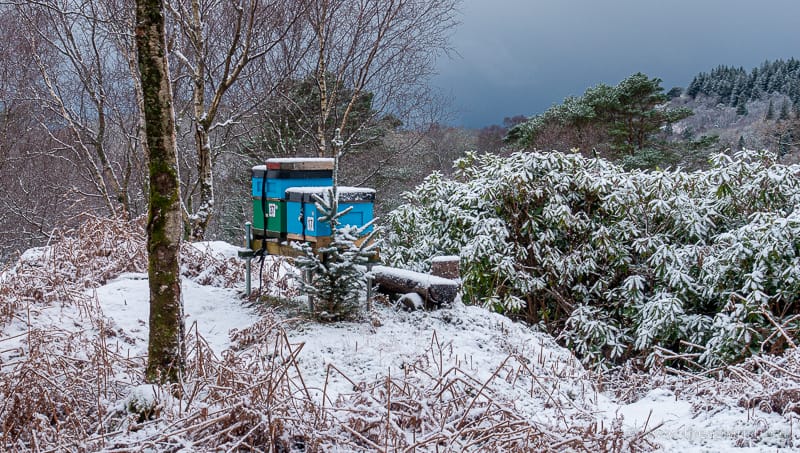

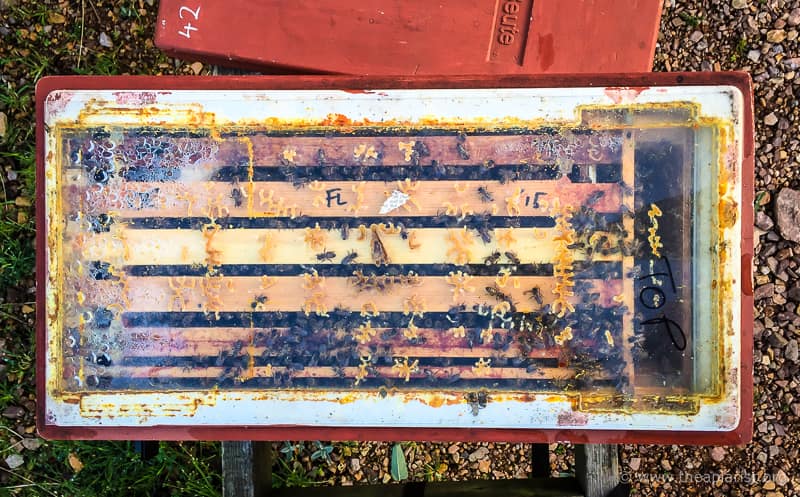
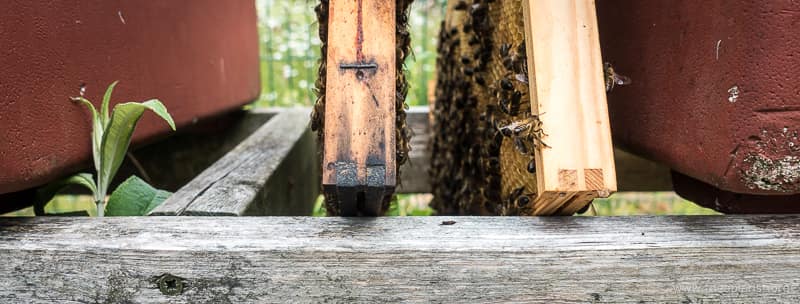
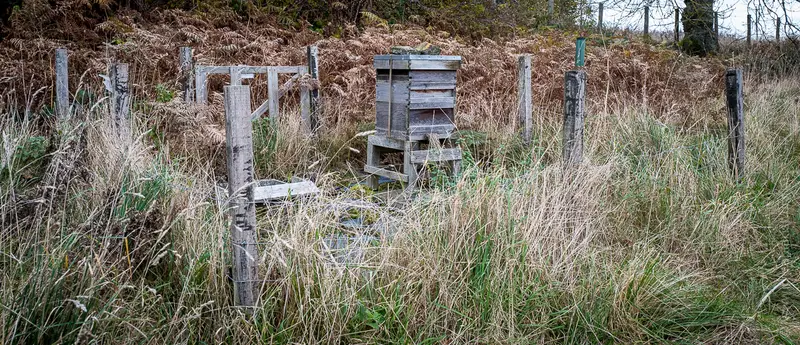

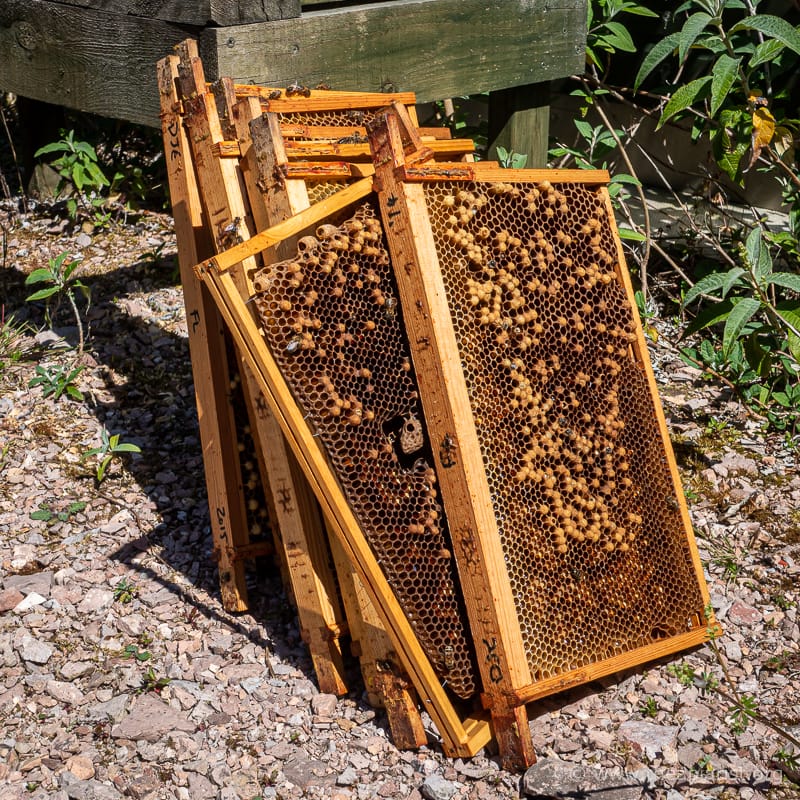
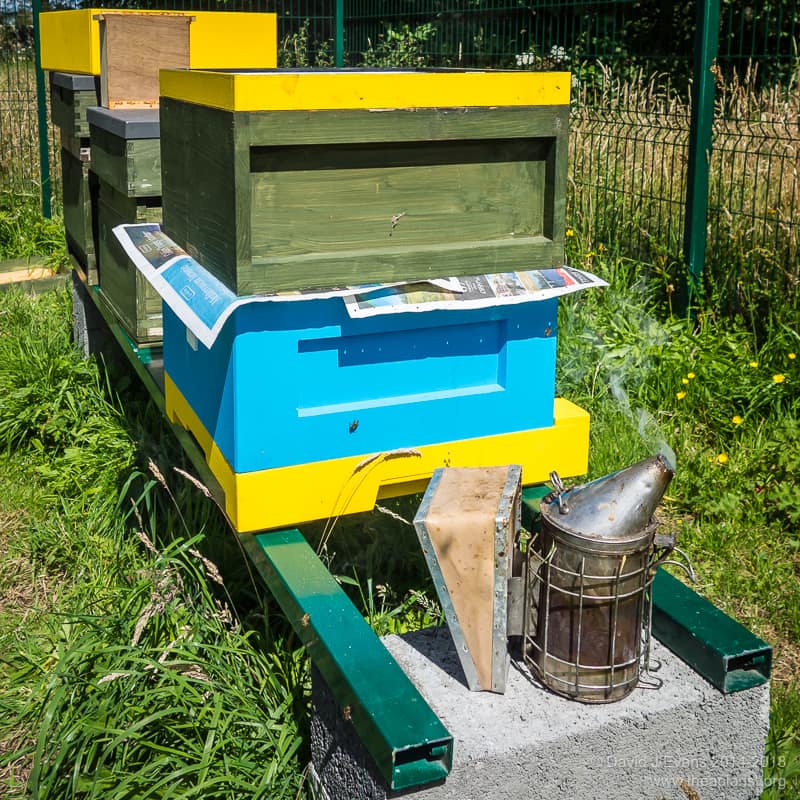

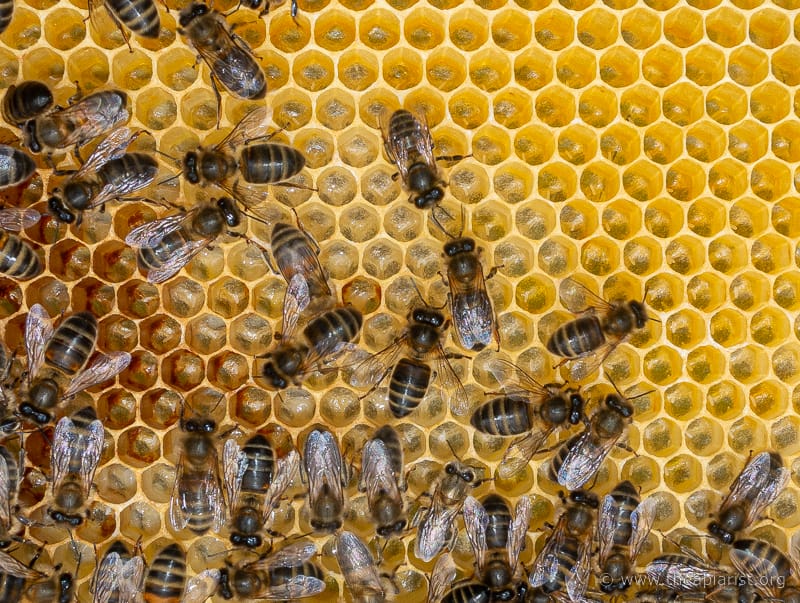
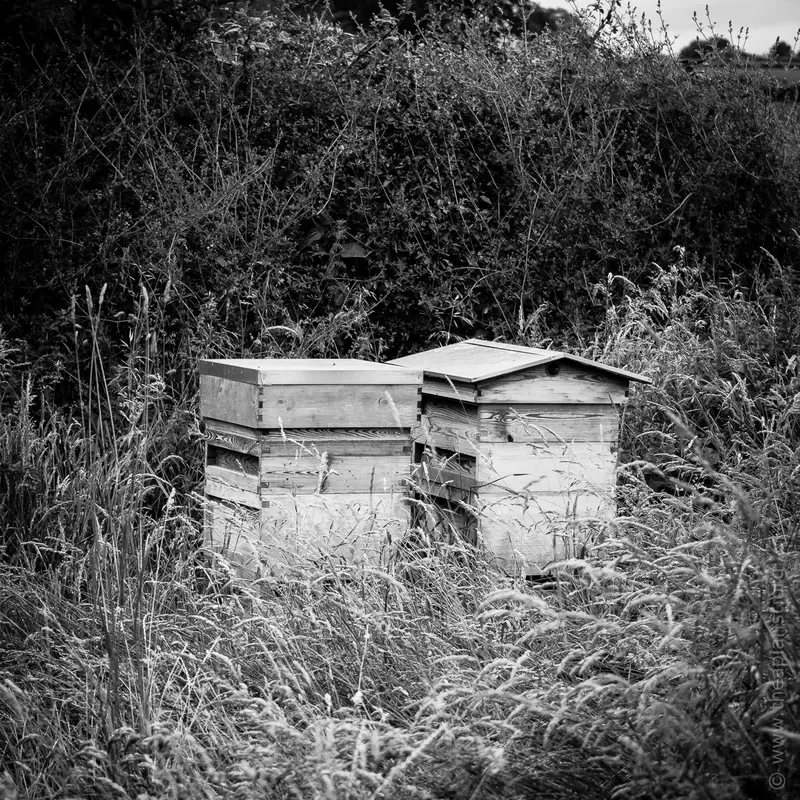
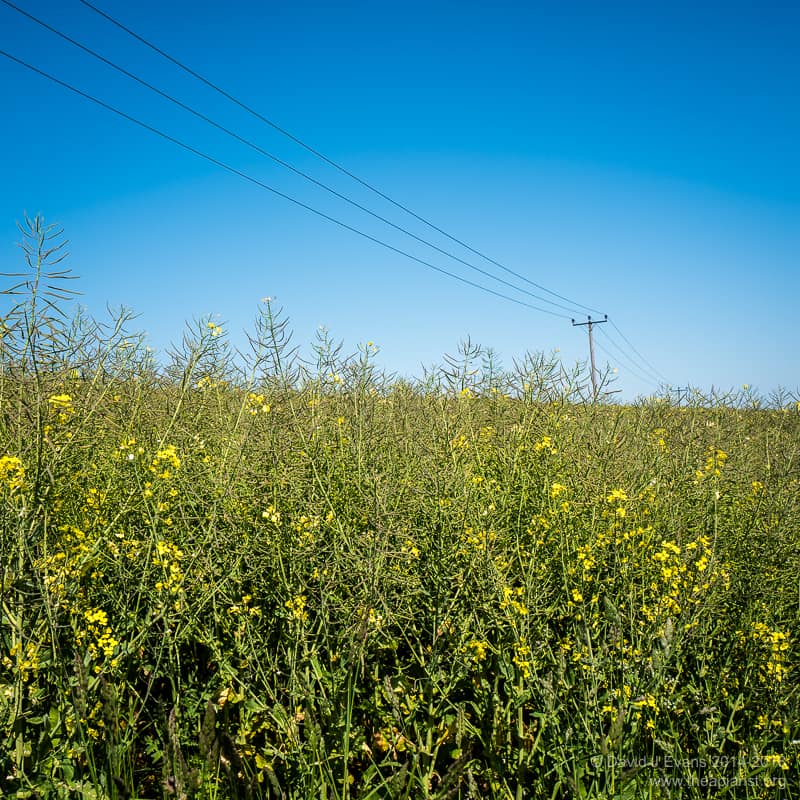

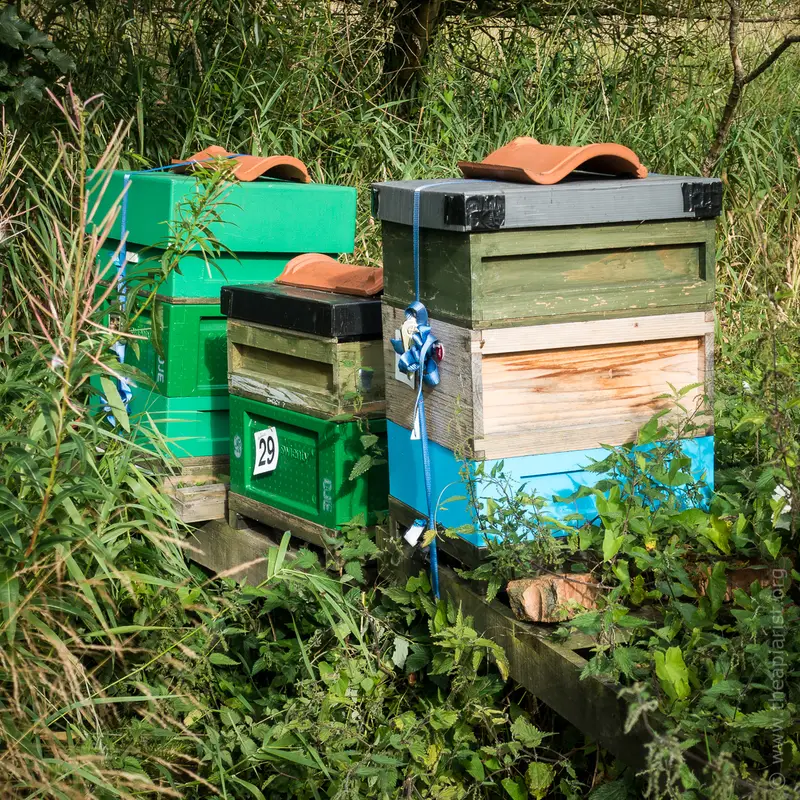
Join the discussion ...